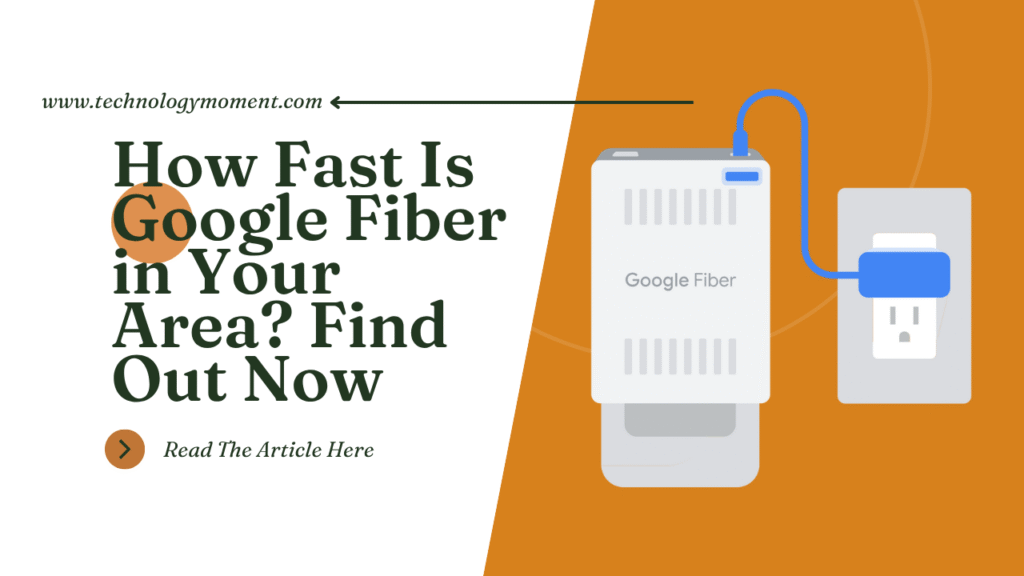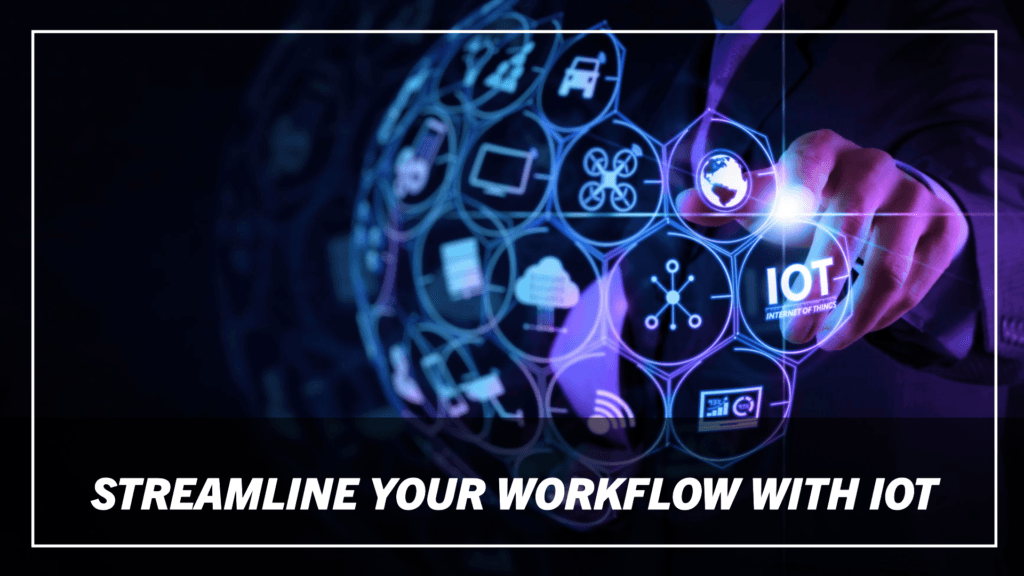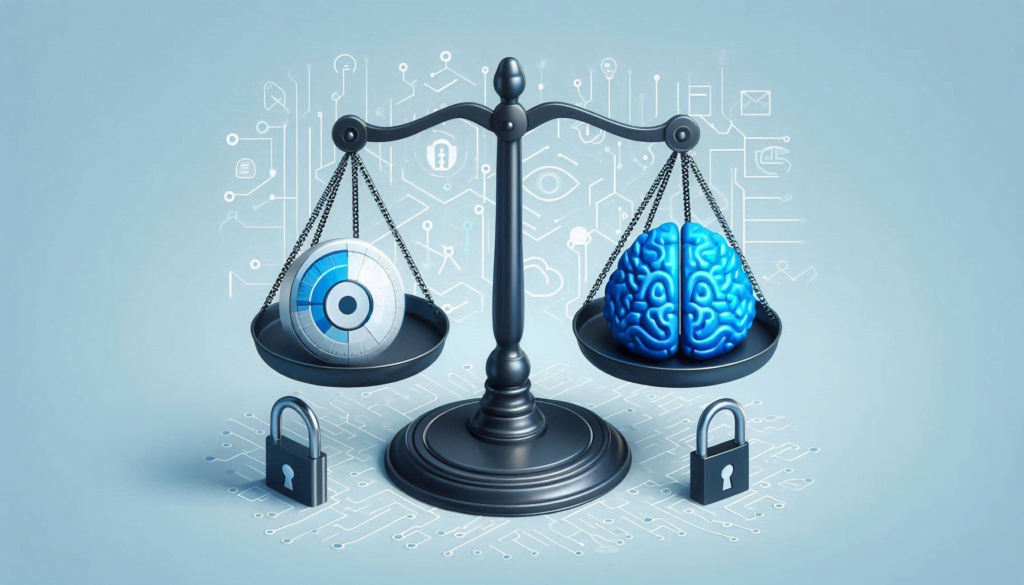Welcome to Technology Moment, your go-to destination for exploring the innovations shaping our world. Today, we dive into the fascinating realm of the Internet of Things (IoT). With billions of devices connecting and communicating globally, IoT is transforming industries and daily life alike. However, these advancements come with their hurdles—particularly in maintaining seamless connectivity.
In this blog, we uncover the five most common IoT connectivity challenges and the innovative solutions driving progress. Whether you’re a tech enthusiast, a developer, or a curious reader, join us as we explore how IoT is overcoming its toughest hurdles to connect the world like never before.
These interconnected devices—from smart home appliances to industrial machinery—enable seamless communication and data exchange, creating smarter systems and improving efficiency. But at the core of all these advancements lies a critical component: connectivity. Without reliable connectivity, IoT devices cannot communicate effectively, rendering the entire system inefficient or even unusable.
What is IoT Connectivity?
IoT connectivity refers to the methods and technologies used to link IoT devices to each other, to central systems, or to the internet. It is what allows your smart home devices, such as thermostats, lights, or security cameras, to work together and be controlled from anywhere in the world. Similarly, in industrial IoT, it enables machines to send data to centralized systems for monitoring and analysis. Connectivity is the glue that binds the IoT ecosystem, ensuring that data flows smoothly and devices function as intended.
Importance of Reliable Connectivity in IoT Ecosystems
- Data Transmission: The core function of IoT devices is to collect, send, and receive data. Unstable connections can lead to data loss, delays, or errors, compromising the system’s performance.
- Real-Time Operations: Many IoT applications, like autonomous vehicles or industrial control systems, rely on real-time data. Connectivity disruptions in such cases can result in safety hazards or operational failures.
- Scalability: IoT systems often start small but grow to include hundreds or even thousands of devices. Without robust connectivity solutions, scaling up becomes a nightmare.
- User Experience: For consumer IoT devices, connectivity issues can lead to frustration, negatively impacting user satisfaction and trust in the technology.
Table of Contents
Explaining Different IoT Connectivity Technologies
The Internet of Things (IoT) relies on various connectivity technologies to enable devices to communicate effectively. Here’s a detailed breakdown of the most commonly used IoT connectivity technologies:

Wi-Fi
Wi-Fi is one of the most prevalent connectivity options for IoT devices, offering high-speed internet access within a localized area.
Advantages of Wi-Fi
- High Data Throughput: Ideal for applications requiring large data transfers, such as video streaming or smart security cameras.
- Ease of Deployment: Wi-Fi is widely available, making it a convenient choice for residential and commercial IoT solutions.
- Compatibility: Most devices support Wi-Fi, ensuring seamless integration.
Limitations of Wi-Fi in IoT Applications
- Limited Range: Effective only within a few hundred meters, making it unsuitable for wide-area applications.
- High Power Consumption: Drains battery quickly, making it less ideal for devices that need long operational times.
- Potential for Congestion: High network traffic can degrade performance in dense IoT deployments.
Use Cases for IoT Devices
- Smart home automation (e.g., smart lights, thermostats)
- Connected appliances (e.g., refrigerators, ovens)
- Wearable health devices within a Wi-Fi zone
Bluetooth
Bluetooth is a short-range wireless technology often used for direct device-to-device communication.
Advantages of Bluetooth for IoT
- Low Power Consumption: Bluetooth Low Energy (BLE) is highly energy-efficient, extending battery life.
- Simple Pairing: Quick and easy to connect devices.
- Cost-Effective: Widely available in consumer devices at a low cost.
Challenges in Bluetooth-Based IoT Systems
- Limited Range: Typically effective within 10 meters, limiting its use in large-scale networks.
- Interference Issues: Prone to interference in environments with multiple Bluetooth-enabled devices.
Popular IoT Use Cases for Bluetooth
- Fitness trackers and smartwatches
- IoT healthcare devices (e.g., glucose monitors)
- Proximity-based systems like Bluetooth beacons
Zigbee
Zigbee is a low-power, wireless mesh networking technology optimized for IoT applications.
Why Zigbee is Popular for IoT?
- Mesh Networking: Extends network range by allowing devices to relay data to each other.
- Highly Scalable: Can support hundreds of devices in a single network.
Key Drawbacks of Zigbee Technology
- Limited Data Throughput: Not suitable for applications requiring high bandwidth.
- Compatibility Issues: Requires Zigbee-certified devices, reducing flexibility.
Ideal Use Cases for Zigbee in IoT
- Smart home systems (e.g., light switches, door locks)
- Industrial IoT sensors
- Agriculture and environmental monitoring
LoRaWAN
LoRaWAN (Long Range Wide Area Network) is designed for low-power, long-range IoT connectivity, making it suitable for large-scale deployments.
Benefits of LoRaWAN for Long-Range IoT Connectivity
- Extended Range: Can cover up to 15 km in rural areas, making it ideal for remote monitoring.
- Low Power Usage: Supports battery-powered devices with operational lifespans of up to 10 years.
- Wide Coverage: Effective in both urban and rural settings.
Challenges of Using LoRaWAN
- Low Data Rate: Best suited for applications that require small data packets.
- Limited Interoperability: Requires specific gateways and infrastructure for connectivity.
Use Cases in Smart Cities and Industrial IoT
- Smart agriculture (e.g., soil moisture sensors)
- Environmental monitoring (e.g., air quality sensors)
- Utility management (e.g., smart meters)
Cellular Networks (2G, 3G, 4G, 5G)
Cellular technology provides IoT connectivity over wide areas, leveraging the robust infrastructure of telecom networks.
Evolution of Cellular IoT Connectivity
- 2G and 3G: Early IoT deployments with basic data needs, now largely phased out.
- 4G (LTE): Introduced faster speeds and lower latency, supporting video and real-time data.
- 5G: Revolutionizes IoT with ultra-low latency, high data rates, and support for massive device networks.
Pros and Cons of Cellular Networks for IoT
- Advantages:
- Wide coverage across urban and rural areas.
- Reliable and secure connectivity for critical applications.
- Scalability for connecting millions of devices.
- Disadvantages:
- High power consumption for cellular modules.
- Costly data plans and infrastructure for large-scale deployments.
Common Use Cases for Cellular Connectivity
- Vehicle telematics and fleet management
- Smart city applications (e.g., connected traffic lights)
- Healthcare IoT devices requiring mobility
Common IoT Connectivity Challenges and Solutions
The widespread adoption of IoT has brought about significant advancements in automation, data collection, and analytics. However, ensuring consistent and effective connectivity for IoT devices is no easy task. Let’s delve into the most common IoT connectivity challenges and the innovative solutions to overcome them.

1. Network Reliability Issues
The Challenge:
IoT devices rely on constant connectivity to function effectively. However, network reliability can be compromised due to factors such as physical obstructions, network congestion, or environmental interference. For instance, devices in remote areas may struggle with weak signals, causing interruptions in data transmission.
The Solution:
- Redundancy and Failover Mechanisms: Implementing backup connectivity options ensures continuous communication even if the primary network fails. For example, a device can switch from Wi-Fi to cellular networks during a failure.
- Mesh Networks: Technologies like Zigbee create mesh networks where devices relay data to strengthen overall connectivity.
- Edge Computing: Processing data closer to the source reduces reliance on unstable connections to centralized servers.
2. Power Consumption Concerns
The Challenge:
Many IoT devices, especially those operating in remote or hard-to-reach locations, rely on battery power. Maintaining connectivity while conserving battery life is a critical challenge, as frequent battery replacements can be costly and inconvenient.
The Solution:
- Optimized Communication Protocols: Use energy-efficient protocols such as Bluetooth Low Energy (BLE) or Zigbee, which are designed to minimize power usage.
- Sleep Modes: Devices can be programmed to enter low-power states when not actively transmitting data.
- Energy Harvesting: Leveraging renewable energy sources like solar or kinetic energy can supplement battery power.
3. Scalability Problems
The Challenge:
As IoT ecosystems grow, managing a large number of devices becomes increasingly complex. Networks must support thousands or even millions of connected devices without experiencing slowdowns or failures.
The Solution:
- Scalable Network Architectures: Technologies like LoRaWAN and 5G are designed to handle large-scale deployments, enabling robust and efficient connectivity for numerous devices.
- Dynamic Resource Allocation: Allocating network resources dynamically based on device needs ensures efficient operation without overloading the system.
- IoT Platforms: Centralized platforms for device management simplify scalability, allowing administrators to monitor and control devices effectively.
4. Data Security and Privacy Risks
The Challenge:
With sensitive data flowing through IoT systems, security breaches and unauthorized access pose significant risks. Compromised devices can lead to data theft, system failures, and even physical safety concerns.
The Solution:
- Secure Protocols: Using encryption standards like TLS and HTTPS ensures that data is protected during transmission.
- Authentication Mechanisms: Multi-factor authentication and device-level identity verification prevent unauthorized access.
- Regular Updates: Keeping device firmware up to date addresses known vulnerabilities and reduces exposure to attacks.
5. Interoperability and Standardization Issues
The Challenge:
IoT devices often come from different manufacturers, each using unique protocols and standards. This lack of compatibility can lead to inefficiencies, increased costs, and limited functionality.
The Solution:
- Open Standards: Adopting widely recognized standards like MQTT or CoAP fosters compatibility across devices.
- Middleware Solutions: Middleware acts as a bridge, enabling communication between devices with different protocols.
- Collaboration: Industry consortia like the Open Connectivity Foundation (OCF) work towards unifying IoT standards to improve interoperability.
Conclusion
The Internet of Things (IoT) is undeniably transforming industries, homes, and cities by enabling devices to communicate and work together seamlessly. However, this transformative potential hinges on robust and reliable connectivity, which is the lifeblood of any IoT ecosystem.
In the journey to achieving effective IoT connectivity, several challenges must be addressed, including network reliability, power consumption, scalability, security, and interoperability. Each of these challenges can pose significant barriers to the deployment and operation of IoT systems, but they are not insurmountable.
Innovative solutions, such as redundancy mechanisms for improving network stability, energy-efficient protocols for prolonging device battery life, scalable architectures for handling vast IoT networks, encryption standards for enhanced security, and open protocols for ensuring interoperability, have been developed to tackle these issues. These solutions are not only enabling the smooth operation of current IoT systems but are also paving the way for future advancements.
The future of IoT connectivity looks promising, with emerging technologies like 5G, edge computing, and AI poised to resolve even the most complex connectivity challenges. These advancements will support faster, more reliable communication while accommodating the explosive growth of IoT devices. Additionally, the ongoing efforts to establish universal standards and protocols will further streamline the integration and operation of IoT systems across diverse applications.
FAQs: Detailed Explanation
What is the most reliable IoT connectivity technology?
The reliability of IoT connectivity depends on the specific use case and environment. For instance:
- Wi-Fi is excellent for smart home devices due to its high bandwidth and widespread availability.
- LoRaWAN offers exceptional reliability for long-range applications like smart agriculture or environmental monitoring but sacrifices speed.
- 5G is emerging as a top contender for industrial IoT, offering ultra-low latency and high-speed connections.
Each technology has its strengths and is reliable when deployed appropriately for the task.
How does 5G improve IoT connectivity?
5G brings transformative benefits to IoT:
- Massive Device Connectivity: 5G can support up to a million devices per square kilometer, making it ideal for densely connected environments like smart cities.
- Enhanced Reliability: The robust infrastructure minimizes downtime, ensuring consistent device performance.
Why is data security critical for IoT systems?
IoT devices exchange sensitive information, such as personal data, financial transactions, and operational details. Without proper security measures:
- Hacking Risks: Malicious actors can exploit vulnerabilities to compromise devices or networks.
- Privacy Breaches: Unauthorized access can lead to the exposure of confidential information.
- Operational Disruptions: Compromised devices can result in system failures or financial losses.
To mitigate these risks, secure communication protocols, encryption, and frequent security updates are essential.
Can IoT devices work without internet connectivity?
Yes, many IoT devices can function offline or with minimal connectivity:
- Local Area Networks (LANs): Devices like smart thermostats or lights can communicate directly within a local network.
- Edge Computing: Processing data locally on devices or edge servers reduces the need for constant internet access.
- Periodic Synchronization: Some IoT systems collect data offline and sync with the cloud only when connectivity is available.
However, internet connectivity is vital for cloud-based analytics, remote monitoring, and large-scale deployments.
What role does AI play in overcoming IoT connectivity challenges?
Artificial Intelligence (AI) is a game-changer in managing IoT connectivity challenges:
- Optimizing Network Performance: AI analyzes traffic patterns to predict and resolve bottlenecks before they impact performance.
- Energy Efficiency: AI helps optimize device operations, reducing power consumption without sacrificing performance.
- Enhanced Security: Machine learning algorithms detect and mitigate potential threats in real-time, strengthening IoT networks.
- Smart Resource Allocation: AI dynamically allocates bandwidth and connectivity resources to ensure uninterrupted device operation in complex networks.













